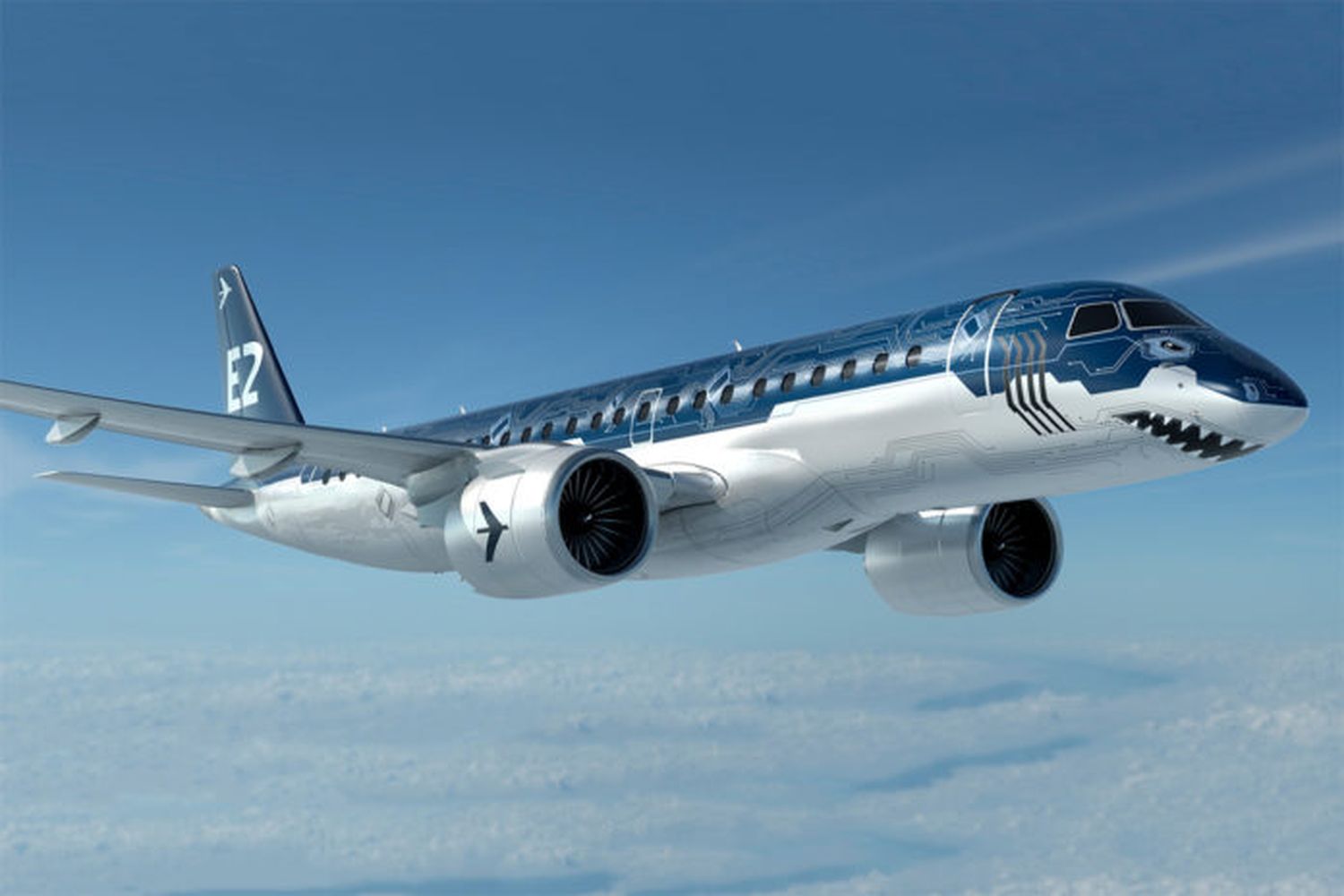Dubai 2021: Embraer plans its next 20 years with smaller but greener aircraft
On the second day of the Dubai Airshow 2021, Embraer took significant steps to put the pandemic behind it and rethink a future of growth with a focus on sustainability. The company abandoned the 10-year market forecast it had used during the COVID-19 crisis and reinstated a two-decade forecast, seeking to demonstrate confidence and readiness for a whole new world

The company indicated that it is projecting a 3.9% increase in demand by 2040. Prior to COVID, global GDP growth was expected to be 2.8% and now it is 2.6% for 2021. In this context, the company believes that the industry will need 10,900 Embraer aircraft, with 77% of them equally distributed among the United States, Europe, and Asia, the most important markets in terms of passengers transported. The remaining markets will take that 10%, a not inconsiderable 1,100 aircraft.
The manufacturer sees a clear trend of reduction in the number of business passengers since with the explosion of teleworking, 20% of these travelers have discovered that the remote mode meets their business needs with no need to travel. In a more macro aspect, Embraer sees that companies will rethink their supply chain, which will bring them closer and regionalized.
Based on these trends, Embraer believes in «granular demand»: Smaller, more cost-effective fleets that can better weather economic/industry disruptions will be needed. There will not be as much room for ultra-capacity aircraft, and the relevance of aircraft up to 150 seats is expected to increase.
E-commerce will also play a dominant role in the future: increased cargo operations on smaller aircraft, to ensure same-day delivery and last-mile logistics, will be an important industry driver. The company believes there is a potential market for the E-Jets/E2 series pacing that need, with 64% of demand going to new units and 35% focused on the refurbishment of other freighters.
The company continues the trend of sustainability of new developments: beyond the Energia Family, the intention is to launch a fully SAF-compliant 50-seat turboprop regional aircraft in 2022, as they see interest from the US operators to replace their current fleets, a market of approximately 600 aircraft.
In summary, Embraer sees a future with diminished expectations compared to the pre-pandemic scenario. A smaller industry in which the overall profitability of companies will decline, but in which there will still be room for innovative initiatives to improve economic efficiency. A greener industry, even if flying is a bit more expensive.
Facing the future until 2040 with these ideas, Embraer is showing that it is present and wants to be a major player in aviation. We hope that this forecast will be fulfilled, and if possible, surpassed.


Comentarios
Para comentar, debés estar registrado
Por favor, iniciá sesión